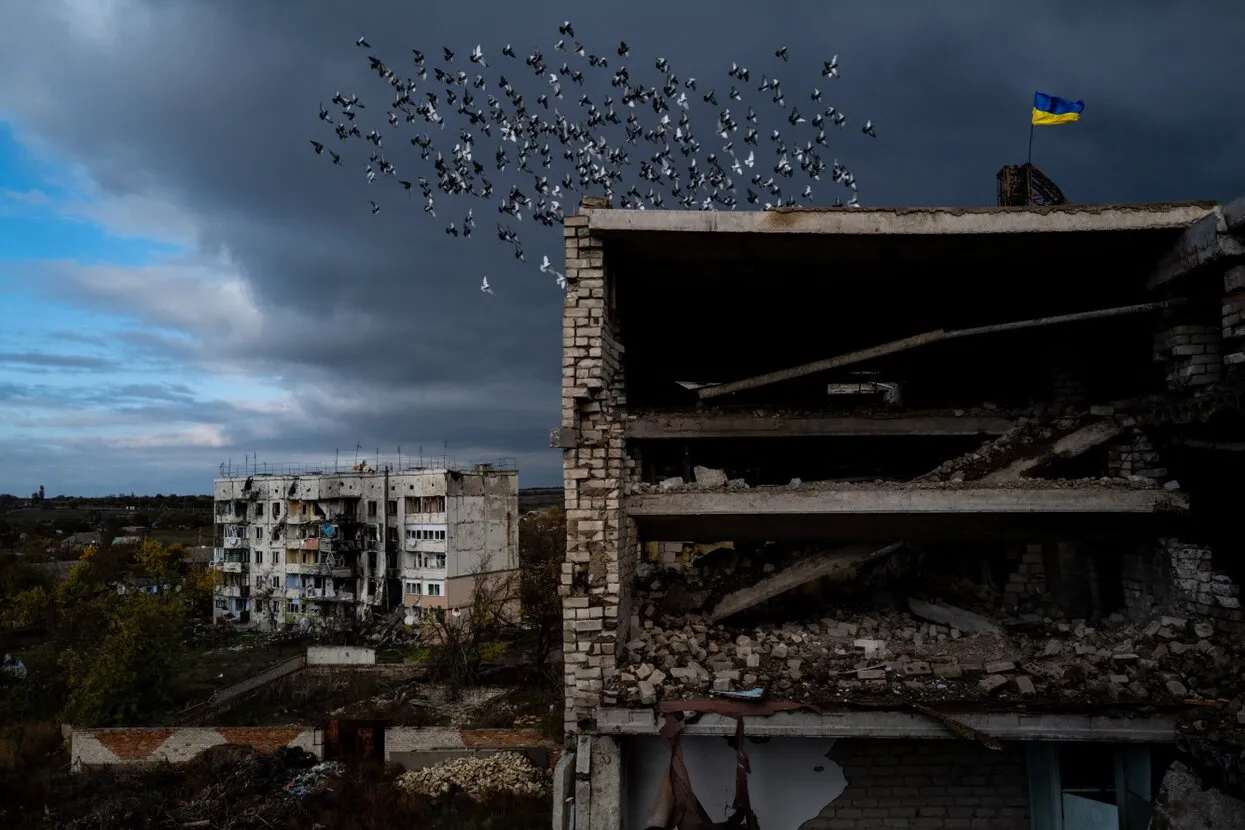
‘Here forever’ – or not Russian leadership announces retreat from Kherson. The latest.
Russian troops will retreat from Kherson. Russian Minister of Defense Sergey Shoigu ordered the withdrawal of military equipment and personnel from the right (western) bank of the Dnipro River, where Kherson is located. “Proceed with troop withdrawal and take all measures for the safe transfer of equipment, weapons, and personnel across the Dnipro,” said Shoigu.
Shoigu’s order to retreat followed the recommendation of General Sergey Surovikin, commander of Russian forces in Ukraine. The general made a report to Shoigu on November 9, which was broadcast live on Russian television. Surovikin said that under current conditions it is impossible to fully supply Kherson, and that it would be best to take up a defensive position on the Dnipro’s left bank.
According to Surovikin, the retreat from the right to the left bank of the river will save soldiers’ lives. “The lives and safety of our Russian troops is always our priority. We also need to keep in mind the threat to the civilian population,” Shoigu agreed.
Ramzan Kadyrov, head of Chechnya and a frequent commenter on the war in Ukraine, wrote on Telegram that he agrees with Surovikin’s decision. “Having weighed all the pros and cons, General Surovikin made a difficult but correct choice,” said Kadyrov.
If Russian troops retreat to the left bank of the Dnipro, the entire Mykolaiv region will be under Ukrainian control. At the moment Russian forces control about 4 percent of the region, or around 1,000 square kilometers (around 380 square miles) of territory. Head of the Mykolaiv region, Vitaly Kim, said “If Russians say one thing it means they’ll do the opposite!” Mykhailo Podolyak, adviser to the President of Ukraine, also advised waiting for real action from Russian Armed Forces: “Until the Ukrainian flag flies over the city of Kherson, it makes no sense to talk about a Russian retreat.” Andriy Yermak, Head of the Office of President Zelensky, reacted with skepticism as well, saying “someone thinks he is very clever. But we are one step ahead.”
Before Shoigu announced the retreat, there were reports that the Russian army was blowing up bridges over the Dnipro. Serhiy Khlan, a deputy on the Kherson Regional Council, said that Russia had blown up five bridges leading to the right bank of the Dnipro. According to Khlan, this represents the Russian army’s attempt to prepare for the withdrawal and slow down Ukrainian Armed Forces’ advance on the left bank region. Neither army has officially confirmed blowing up bridges.
The ‘evacuation’ of Kherson
Additionally, on November 9, Russian authorities announced the death of Kirill Stremousov, the Russian-installed head of the collaborationist administration in the partially-occupied Kherson region. He was a frequent commenter on the situation in the region. The regional administration announced on November 9 that he had been killed in a car accident. The regional Ministry of Health said that there was no official confirmation of the news, however Stremousov’s boss, head of the occupying authorities Vladimir Saldo, subsequently confirmed his death.
The city of Kherson was the only Ukrainian regional center which Russian forces captured in March 2022. Russian Armed Forces moved into the center of the city on March 2, one week after the beginning of the invasion. Reports emerged that officials and security forces didn’t mount a full defense of the city. “I don’t know why it turned out that way. That soldiers fought on the outskirts of the city is 100 percent true. But local authorities completely abandoned residents,” said journalist Konstantin Ryzhenko, who left Kherson six months after it was occupied.
Russian officials and Kremlin-appointed authorities in the Kherson region promised that Ukraine would not regain control of the Kherson region. Andrey Turchak, Secretary of the General Council of United Russia went to Kherson in May and said “I would like, once again, to say to residents of the Kherson region that Russia is here forever. There should be no doubt about that.” Turchak reacted to the retreat from Kherson with a quote from Tolstoy’s War and Peace: “It is not difficult to take a fortress but it is difficult to win a campaign.”
Ukrainian authorities promised to recapture Kherson and the entire region. In Russia, after Ukraine received long-range HIMARS rocket launchers from the US, Ukrainian Armed Forces started shelling bridges in the region, creating supply problems for Russian troops. Kyiv suggested that Russia should retreat from Kherson “as a gesture of goodwill” (this is how Russia had explained its previous retreats during the course of the war). At the end of August, Ukrainian Armed Forces attempted a counteroffensive in the Kherson region, but the Russian Ministry of Defense called it a failure.
In early October, Russian president Vladimir Putin signed an order annexing Kherson and all the remaining occupied Ukrainian territories. But within two weeks of the annexation, General Sergey Surovikin, commander of Russian forces in Ukraine, said that there was a “complex situation” in Kherson which could require “complex decisions.” At the same time, Russian-appointed authorities in the Kherson region announced the “evacuation” of civilians from the right bank of the Dnipro.
According to a Meduza source, at the beginning of November the Kremlin issued an order to prepare “public opinion” for a retreat from Kherson. The Kremlin wrote manuals for propagandists, saying that the Kherson front is “the most difficult at the current stage” and that “Russian troops are seeking to save the lives of civilians and personnel,” while Kyiv is “ready to send tens of thousands of its own and others to their deaths.” Ukrainian Armed Forces adopted a wait-and-see approach in early November, having halted their offensive on Kherson after a series of unsuccessful attacks.